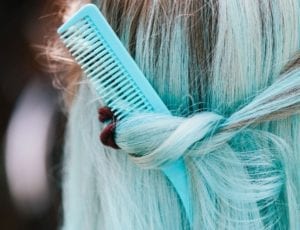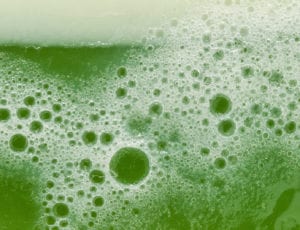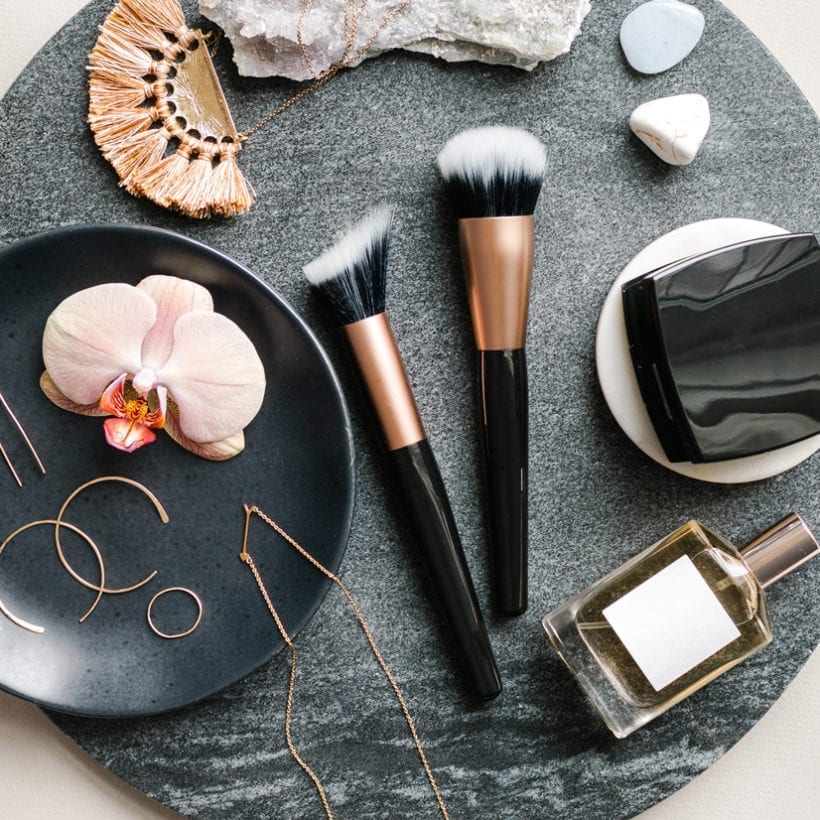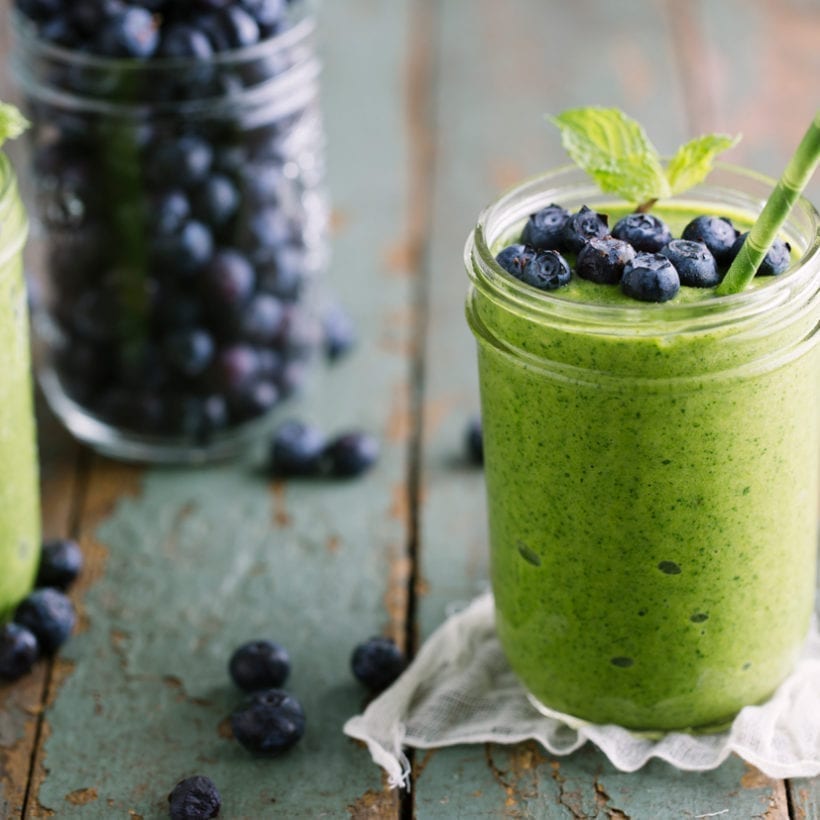In-office treatments are getting increasingly futuristic. From treatments that boost your body’s natural levels of collagen for wrinkle-free skin — no needles or knives required — to body sculpting sessions that do the work of 20,000 crunches, it is official: Dermatologists’ arsenal of treatments have gotten downright revolutionary.
Here, four non-invasive treatments you need to know right now.
Emsculpt
How it works: “The key is highly-focused electromagnetic energy (similar to the technology used in an MRI machine), which stimulates muscles to contract beyond normal boundaries — a process called ‘supramaximal muscle contraction,’” says Darren Smith, M.D., a board-certified plastic surgeon in New York. “In one 30-minute session, Emsculpt triggers approximately 20,000 of these contractions (it can be used on your abs or butt and just received FDA approval for use on arms and thighs), which is equivalent to doing 20,000 crunches or squats in a half hour,” says Dendy Engelman, M.D., a board-certified dermatologist in New York. It is way more powerful than what you could ever do in the gym. “When exposed to strong contractions, the muscle tissue is forced to adapt to such extreme conditions,” explains Engelman. In other words, it builds muscle and burns fat at the same time.
That does not mean you should expect immediate abs. “Just like in the gym, results aren’t instant. After doing the ‘workout’ (aka undergoing Emsculpt) your muscles need time to grow, strengthen and tone,” says Engelman. You will start to feel (and see) the effects after four sessions “with best results being seen from 3-6 months post-treatment,” Engelman says.
When to use it: “Emsculpt works best on people that are already fairly fit,” says Smith. “It is not tremendously effective for fat reduction, so those with less fat to start with will see more impressive muscle-building results.” But you should continue to work out and eat healthy to save all results.
CoolSculpting & WarmSculpting
What it is: Similar to Emsculpt, both CoolSculpting and WarmSculpting are body contouring treatments to reduce fat (without stimulating the underlying muscle). Think of them as alternatives to light liposuction.
How it works: WarmSculpting, also called SculpSure, “uses a laser to focus heat on the fat cells under the skin,” explains Smith. “This energy damages the fat cells, causing volume reduction.” CoolSculpting uses the opposite theory to produce the same results, using cold temperatures to damage fat cells, which eventually die off.
When to use it: Both treatments are meant for “trouble spots” — aka small pockets of fat that will not budge despite the fact that you regularly workout and eat healthy. (Think: inner thighs, love handles, under the chin.)
So how do you know which one is right for you? “In my experience, patients have difficulty tolerating the heat generated by the SculpSure device, which leads to incomplete treatments with inferior results,” Smith says. “For noninvasive body contouring, CoolSculpting is more reliable, but I am still a much bigger fan of a little local liposuction.”
Ultherapy
What it is: Ultherapy is the next generation of collagen-boosting treatments. “Collagen is one of the key components of tight skin,” explains Smith. “Over time, collagen begins to break down, which causes the skin to soften and sag.”
How it works: Ultherapy treatments use ultrasound energy that is intensely focused to do two things: heat precisely targeted layers of the skin and allow your dermatologist “to visualize the exact location where you want to deliver the energy,” says Doris Day, M.D., a board-certified dermatologist in New York. The combo allows dermatologists to deliver the beam of energy to a precise depth, location and target, Day explains. That energy stimulates collagen production by “creating very controlled thermal injury,” she says. The result? Skin more naturally toned and tightened.
The outcome is similar to what you get from injectables, which also help to stop sagging and make skin look younger and plumper. The process of the treatment, however, is totally different, says Day. “What Ultherapy does is go deep to help stimulate collagen production — it’s another tool to complement fillers, neuromodulators [like Botox] and laser treatments to give long-lasting results,” she says. “It helps all those other treatments look better and last longer.”
When to use it: Ultherapy’s results are “subtly dramatic,” says Day. In other words, it will give you that wow you look great — did you change something? glow-up but not be as dramatic a change as a facelift. “It’s great for someone who wants to avoid a facelift in the future, who is going to be consistent about doing this once a year, or for someone who wants to maintain a facelift, or for someone who doesn’t ever want a facelift but just wants a little tightening,” says Day.
Ultherapy is safe but be warned, it can be an uncomfortable treatment. Ask your dermatologist about pain-killing options.
Photodynamic Therapy
What it is: Photodynamic therapy uses a cool combo of chemistry and blue light to zap abnormal and cancerous cells or to treat acne. (Also known as PDT, photoradiation therapy, phototherapy and photochemotherapy.)
How it works: “Blue light targets specific mutations in skin cells which are found in precancers and it also targets the C. acnes bacteria that’s found in acne,” Day says, destroying both. The coolest part? “It targets specific mutations in skin cells so the surrounding healthy cells don’t absorb most of the energy,” she says.
The only problem is that the amount of blue light it would take to destroy cancerous mutations or kill acne bacteria would take hours. Enter a chemical called psoralen, “a type of acid naturally found in citrus fruits,” Day explains. Applied to your skin, psoralen is a photosensitizer, meaning it makes your skin more sensitive to light, says Day. Particularly, blue light. “In 17-25 minutes, you can have the impact of three to four hours of sitting under that light,” she adds.
When to use it: For skin cancers and pre-cancers, PDT is a great minimally invasive option that destroys damaged cells without harming healthy cells. Translation: No scarring. Just make sure to work with your dermatologist to figure out if it is an appropriate option for you. As a treatment for acne, PDT is powerful, but it takes time. “I do it in conjunction with other treatments,” says Day.
With either use, beware that the photosensitizer will leave your skin sensitive to light for 24 hours. “The problem is that it photosensitizes you to all light, so if you go out in the daytime without properly protecting the skin from all light sources, you can blister and burn and create more damage,” says Day. “I typically do those treatments in the winter in the evening.”







